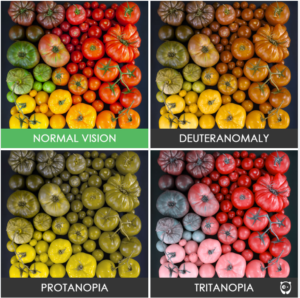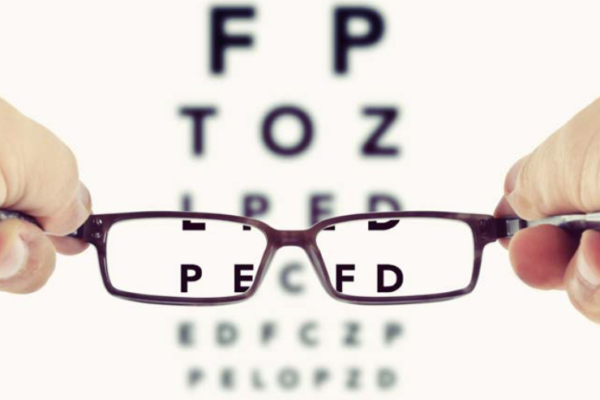In today’s digital age, the accessibility of digital products and services is crucial for ensuring equal opportunities and inclusion for all individuals. Among the diverse range of disabilities, visual impairments pose unique challenges, making it essential to explore and implement strategies to promote digital accessibility. In this blog post, we will delve into the concept of visual disabilities, the various forms they can take, and the importance of assistive technology in enabling individuals with visual impairments to navigate the digital landscape.
Understanding Visual Impairments
Visual impairments encompass a broad spectrum of conditions that affect a person’s vision. These conditions can range from mild to severe, impacting visual acuity, field of vision, color perception, or contrast sensitivity. Some common visual impairments include:
Low Vision

Individuals with low vision experience significant visual challenges even with the aid of corrective measures such as glasses or contact lenses. They may have difficulty reading small text, distinguishing between similar colors, or perceiving fine details.
Blindness

Total blindness refers to the complete absence of vision, while legal blindness denotes severe visual impairment, typically defined as having a visual acuity of 20/200 or less in the better eye with the best possible correction. People who are blind rely on non-visual methods to navigate their surroundings.
Color Vision Deficiency

Also known as color blindness, this condition affects a person’s ability to perceive certain colors or differentiate between them. It is estimated that around 8% of men and 0.5% of women have some form of color vision deficiency.
Promoting Digital Accessibility
To ensure digital accessibility for individuals with visual impairments, consider the following strategies and assistive technologies:
Screen Readers
Screen readers, such as JAWS (Job Access With Speech) and NVDA (NonVisual Desktop Access), convert text into synthesized speech or braille output. They allow visually impaired users to navigate websites, read documents, and interact with digital interfaces.
Voice Control
Voice control technology, such as voice assistants and speech recognition software, enables individuals to control digital devices and access content through voice commands. This can be particularly helpful for individuals with limited or no vision.
Braille Displays
Refreshable braille displays provide tactile output, converting digital text into braille characters. Users can read the braille output using their fingers, enhancing accessibility for individuals who are blind or have significant visual impairments.
Color Contrast and High Visibility
Design digital interfaces with sufficient color contrast to enhance readability for individuals with low vision. Use high-contrast color schemes and avoid relying solely on color coding to convey important information.
Keyboard Accessibility
Ensure that digital products can be navigated and operated using keyboard commands alone, without relying on mouse or touch interactions. This is particularly useful for individuals with visual impairments who use screen readers or have difficulty using a mouse.
Closed Captions and Audio Descriptions: Including closed captions and audio descriptions in videos and multimedia content allows individuals with visual impairments to access the information effectively. Closed captions provide textual representation of spoken words, while audio descriptions describe visual elements.
Promoting digital accessibility for individuals with visual impairments is essential to create an inclusive digital environment. By understanding the different types of visual disabilities and employing appropriate assistive technology, we can enhance digital accessibility. Strategies such as screen readers, voice control, braille displays, color contrast, keyboard accessibility, and multimedia accessibility ensure that individuals with visual impairments can access and engage with digital content effectively. By embracing these practices, we contribute to a more inclusive and equal digital landscape where everyone can participate and benefit.
What is next?
In our next installment, we’ll explore the concept of hearing disability and delve into how we can promote digital products for individuals with hearing impairments.
For more information on why accessibility is important in general, you can check out my previous blog post here.
For further information on how to make your product accessible to your audience, contact our experienced design experts, check out our Accessibility IQ for your website, download our guide Digitally Accessible Experiences: Why It Matters and How to Create Them, read more from our UX for Accessible Design series.

